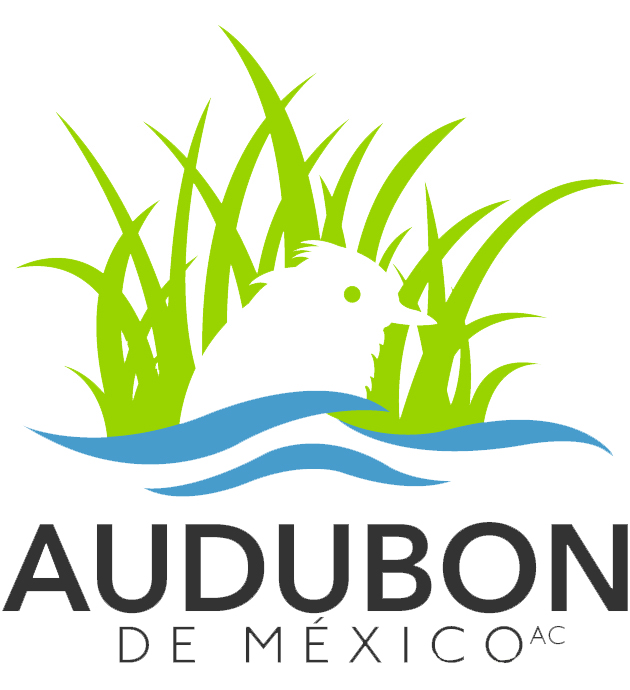Plants for Pollinators
Pollinators are the unsung heroes of the natural world. More than 80% of the world’s flowering plants rely on animal pollinators to reproduce. One out of every three bites of the food we eat exists because of them, including apples, tomatoes, chocolate, honey, almonds and coffee.
Due to human activities, our pollinator populations are in decline. Habitat loss, pesticide and herbicide use, and climate change are all threatening their future survival. But, we can help our pollinators by creating nectar-rich garden habitats in public parks and open spaces and at our homes and businesses. These small habitat patches can create an interconnected network, that help revive and sustain populations of bees, butterflies, birds, bats and other pollinators across our city, country, and continent.
Plants that attract pollinators
If you are looking to create your own pollinator friendly garden, this list is a great place to start. Many of these are plants and varieties that you can see at our Pollinator Garden at Parque Juarez. To view information about each plant place your cursor over the photo.
When deciding which plants you would like to place in your garden, think about including host plants for butterfly caterpillars and creating spaces for nesting and shelter, too. You’ll find that the plants that attract pollinators will provide beauty and aroma to your garden and many can be used in cooking or medicinal remedies, too.
Franke’s Vivero (map) is a great source for native plants and a reliable and knowledgeable supplier of a variety of pollinator attracting plants that are well-adapted to our high desert environment. Happy Gardening!
Herbaceous Plants
These herbaceous plants do best in full sun, but some will adapt to filtered shade. Many are aromatic, and will fill your garden with wonderful fragrances after it rains. Many, also, have medicinal or culinary uses.
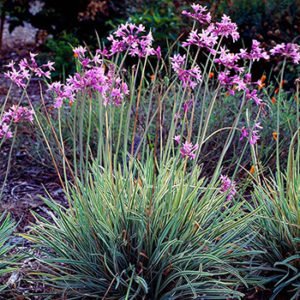
Ajillo
Society Garlic
Latin name: Tulbaghia violacea ‘Variegata’ Attracts: Bees, Butterflies, Hummingbirds Flower: Pink Uses: Culinary, Repels mosquitos and moles
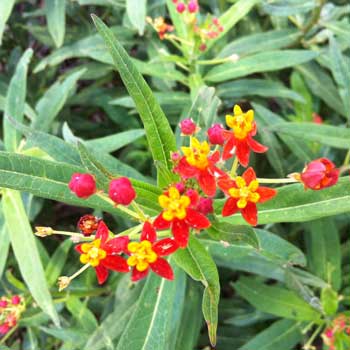
Algodoncillo/Milkweed
Latin name: Asclepias curassavica
Attracts: Bees, Butterflies, Monarch Butterfly Caterpillars
Flower: Red, Orange, Yellow
Uses: Sole host plant for Monarch eggs & caterpillars
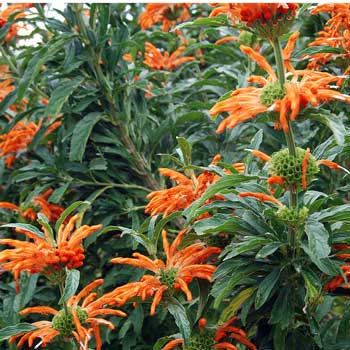
Baston de San Francisco/Lion’s Tail
Latin name: Leonotis L. nepetaefolia
Attracts: Bees, Butterflies, Hummingbirds
Flower: Orange
Uses: Medicinal
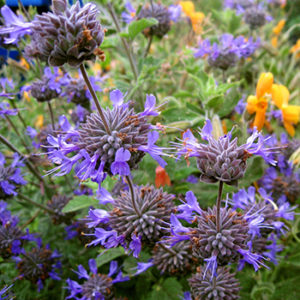
Clevelandii/Cleveland Sage
Latin name: Salvia clevelandii
Attracts: Bees, Butterflies, Hummingbirds
Flower: Blue
Uses: Medicinal
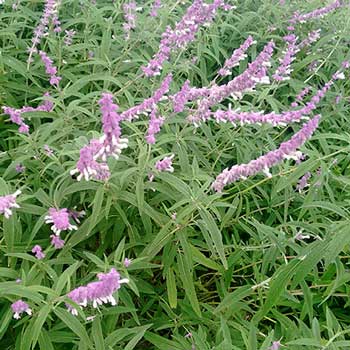
Cordon de Cristo/Mexican Sage
Latin name: Salvia leucantha Attracts: Bees, Butterflies, Hummingbirds Flower: Violet Uses: Ornamental
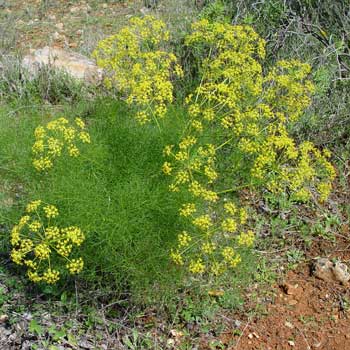
Hinojo/Fennel
Latin name: Foeniculum vulgare
Host plant: Swallowtail butterfly caterpillars
Flower: Yellow
Uses: Culinary

Latin name: Lantana camara sp. Attracts: Bees, Butterflies, HummingbirdsCinco Negritos/Lantana
Flower: Red, Orange, Yellow
Uses: Ornamental
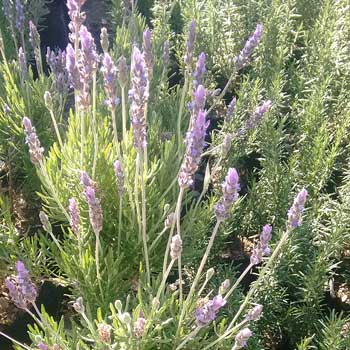
Lavanda Francesa/French Lavender
Latin name: Lavandula dentata
Attracts: Bees, Butterflies, Hummingbirds
Flower: Lavender
Uses: Medicinal & Culinary
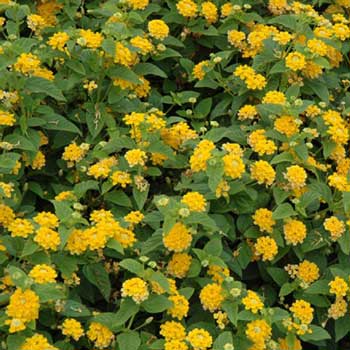
Lantana Amarillo/Yellow Lantana
Latin name: Lantana camaras sp.
Attracts: Bees, Butterflies, Hummingbirds
Flower: Yellow
Uses: Ornamental
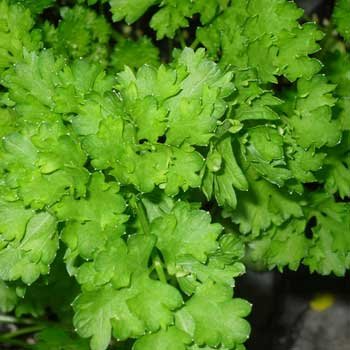
Perejil/Parsley
Latin name: Petroselinum crispum
Attracts: Bees, Butterflies, host plant for Swallowtail caterpillars
Flower: White
Uses: Culinary & Medicinal
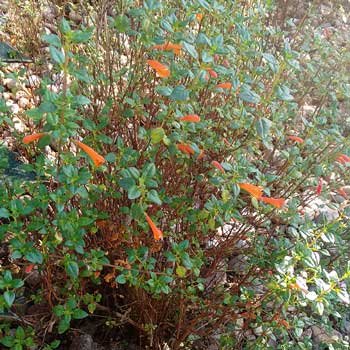
Poleo (salvia species)
Latin name: Clinopodium mexicana
Attracts: Bees, Butterflies, Hummingbirds
Flower: Orange
Uses: Medicinal
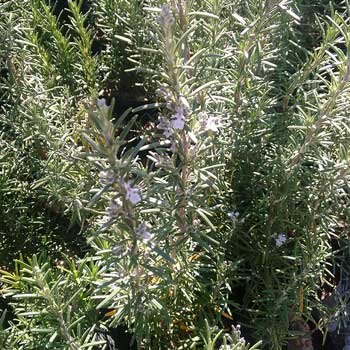
Romero/Rosemary
Latin name: Rosmarinus officinalis
Attracts: Bees, Butterflies, Hummingbirds
Flower: Lavender
Uses: Culinary & Medicinal
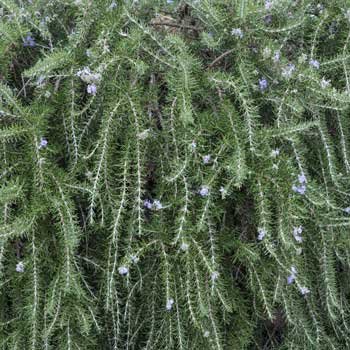
Latin name: Rosmarinus officinalis sp. Attracts: Bees, Butterflies, HummingbirdsRomero Rastrero/Trailing Rosemary
Flower: Lavender
Uses: Culinary & Medicinal
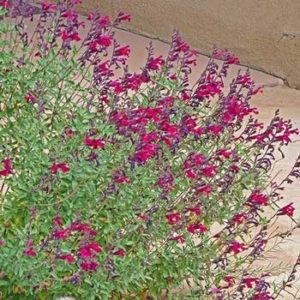
Salvias
Latin name: Many Varieties
Attracts: Bees, Butterflies, Hummingbirds
Flower: Red, Pink, Salmon, Violet, Coral, White
Uses: Medicinal
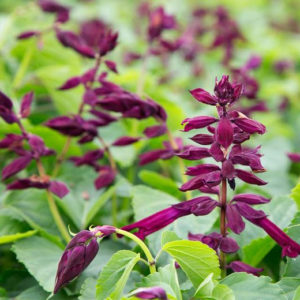
Salvia Burgandy
Latin name: Salvia Splendens sp. Attracts: Bees, Butterflies, Hummingbirds Flower: Burgundy Uses: Ornamental, Shade
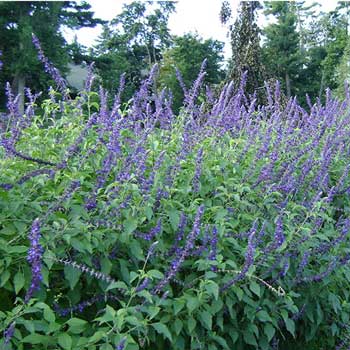
Salvia Mistic
Latin name: Salvia longispicata Attracts: Bees, Butterflies, Hummingbirds Flower: Blue Uses: Ornamental
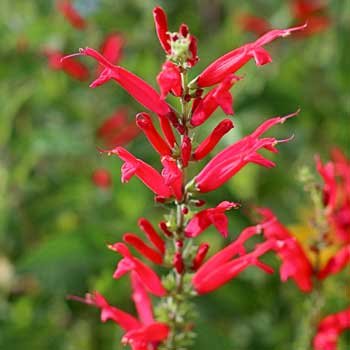
Salvia Piña/Pineapple sage
Latin name: Salvia elegans
Attracts: Bees, Butterflies, Hummingbirds
Flower: Red
Uses: Culinary & Medicinal
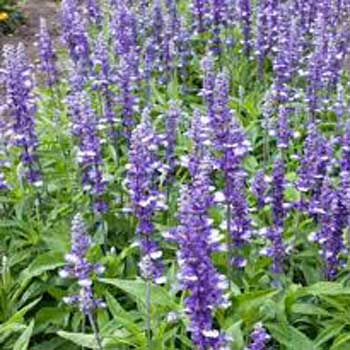
Salvia Victoria Mealy Cup Sage
Latin name: Salvia farinacea Attracts: Bees, Butterflies, Hummingbirds Flower: Blue Uses: Ornamental
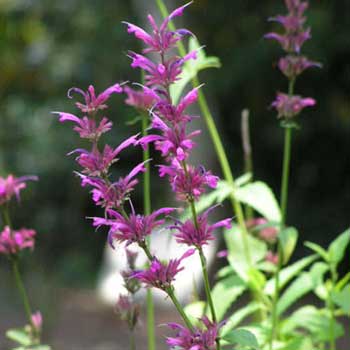
Toronjil
Mexican Giant Hyssop
Latin name: Agastache mexicana sp. Attracts: Butterflies, Hummingbirds Flower: Bright Pink Uses: Medicinal
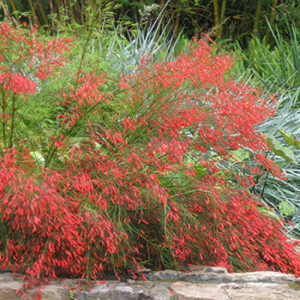
Luz de Bengala/Coral Fountain
Latin Name: Russelia equisetiformis
Attracts: Hummingbirds, Butterflies
Flower: Coral Red
Uses: Ornamental
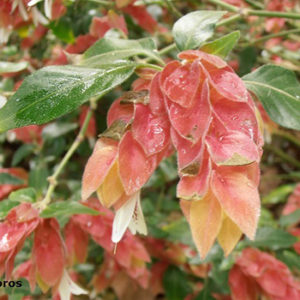
Camaron
Shrimp plant
Latin name: Justicia brandegeeana
Attracts: Butterflies, Hummingbirds
Flower: Salmon
Uses: Ornamental
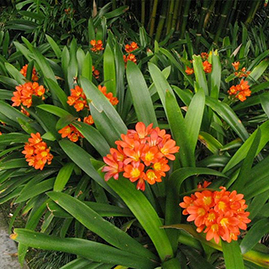
Clivia
Latin name: Clivia miniata
Attracts: Bees, Butterflies, Hummingbirds
Flower: Orange
Uses: Ornamental, Shade tolerant
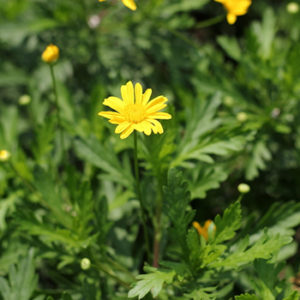
Margarita
African Daisy
Latin name: Euryops chrysanthemoides
Attracts: Bees, Butterflies
Flower: Yellow
Uses: Ornamental
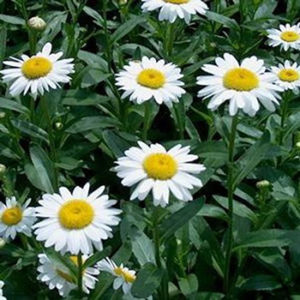
Margarita blanca
Shasta Daisy
Latin Name: Leucanthemum x superbum
Attracts: Butterflies, Bees
Flower: White with yellow center
Uses: Ornamental
Succulents and Grasses
Succulents are a wonderful addition to a pollinator garden, adding different shapes, textures and colors to a garden bed or container. They make for a stunning display when many species are grouped together. They are drought tolerant, fast growing and and easy to care for.
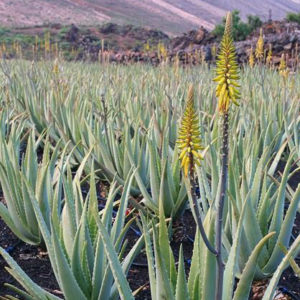
Sabila Amarilla
Aloe Vera
Latin name: Aloe vera barbadensis
Attracts: Hummingbirds, Bees, Butterflies, Orioles
Flower: Yellow
Uses: Medicinal
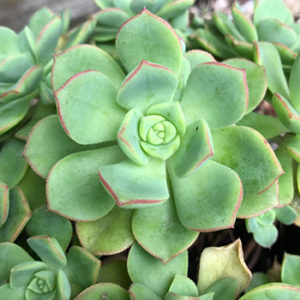
Echeverias
Attracts: Bees
Flower: Deep pink
Uses: Ornamental
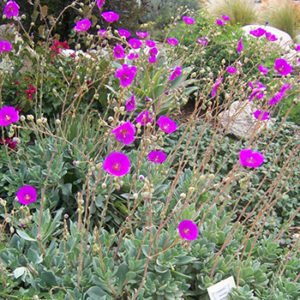
Calandrinias
Rock Purslane
Attracts: Bees, Butterflies
Flower: Deep pink
Uses: Ornamental
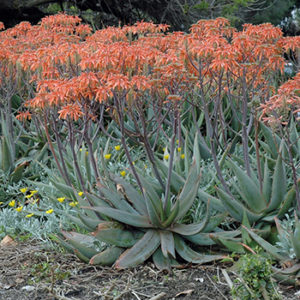
Sabila Coral
Coral Aloe
Latin name: Aloe striata
Attracts: Hummingbirds, Bees, Butterflies, Orioles
Flower: Coral
Uses: Ornamental
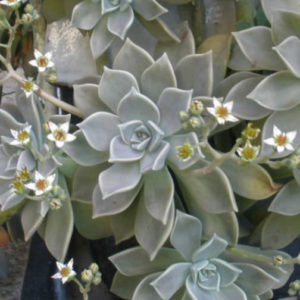
Graptopetalums
Attracts: Bees
Flower: White, pink, yellow
Uses: Ornamental
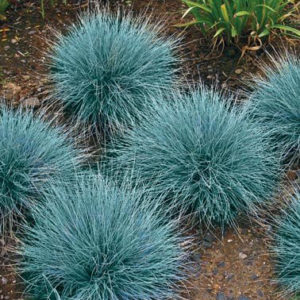
Festuca azul
Blue Fescue
Latin Name: Festuca glauca
Attracts: the eye!
Leaves: Blue green
Uses: Ornamental, adds color and texture to a succulent garden
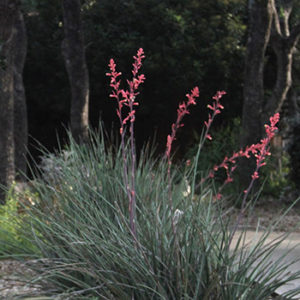
Hesperaloe
False Yucca
Latin name: Hesperaloe parviflora
Attracts: Hummingbirds, Bees
Flower: Magenta
Uses: Ornamental
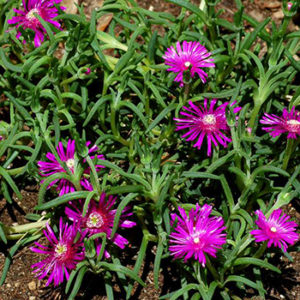
Delospermas
Ice Plant
Attracts: Bees
Flower: Various
Uses: Spreading ground cover
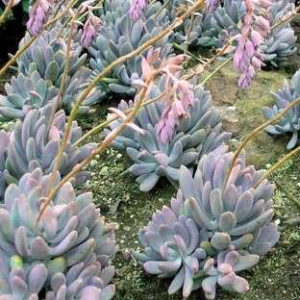
Pachyphytums
Attracts: Bees, possibly hummingbirds.
Flower: Pink and Yellow
Uses: Ornamental
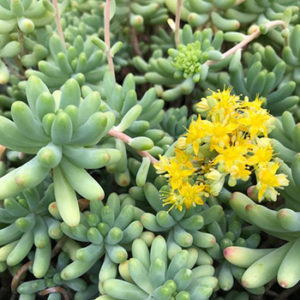
Sedums
Attracts: Bees
Flower: Various colors
Uses: Ornamantal
Vines
These vines provide colorful or aromatic nectar-rich flowers to your garden, while vining plants of all kinds provide hidey-holes for hummingbird nests and caterpillar cocoons.
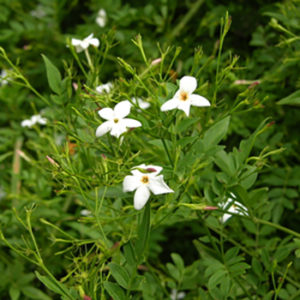
Jazmin/Huele de Noche/Jasmine
Latin Name: Jasminum grandiflorum
Attracts: Butterflies, Bees, Birds
Flower: White
Uses: Ornamental, Aromatic
Jasmine plants lure pollinators by their fragrant aroma. Not only bees and butterflies, but a variety of birds are attracted to the smell, and will eat insects that the jasmine plant may attract.
Once pollinated, Jasmine will produce seed-bearing berries favored by many bird species.
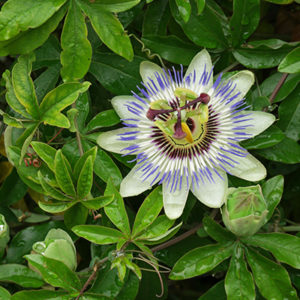
Passiflora/Passion flower
Latin Name: Passiflora sp.
Attracts: Butterflies, Bees, Hummingbirds
Flower: Various colors
Uses: Medicinal, host plant for Fritillary butterfly family
Passion Flower provides a beautiful blooming presence in the garden, and an important host plant for the Gulf Fritillary and Zebra Longwing butterflies, which means most, if not all, of its leaves will be consumed after the caterpillars hatch. This is not an attractive stage, unless you are a butterfly caterpillar, which not only thrives on the leaves, but uses the vines to suspend their coccoons. After the butterflies have emerged, you can choose to either cut the plant back in the fall or be patient and wait until it begins to set leaves and buds.
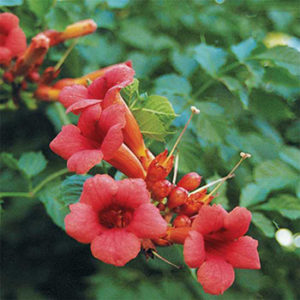
Distictus buccinatoria
Mexican Blood Trumpet Vine
Latin Name: Distictis buccinatoria
Attracts: Hummingbirds, Bees
Flower: Orange-red.
Warning about Distictus… This plant grows rambunctiously and requires regular care to prevent unwanted spread and to maintain the size and shape appropriate to your garden size. Remove seed pods to prevent spread of plant. Prune back heavily in late fall and prune occasionally during growing season to maintain shape and desired size. Needs regular watering until established, then is drought tolerant.
General Guidelines for Planting and Care
Location: Garden beds or container.
Blooms: Year around, but less predominately in winter.
Light: Bring on the sun, but most will tolerate and bloom under filtered light conditions.
Soil: Most of the plants on our list like well-draining soil, if the soil retains too much water it can cause the roots to rot. To achieve good composition, use a mix of soil, volcanic rock and compost. Primavera Nursery is a good source for soils that can be mixed to order.
Planting: Dig a hole that is wider than the radius of the container with the depth the same as the height as the container. Gently remove the plant from its container and loosen the root ball. If the root ball is severely compact, you can use a knife to gently cut and loosen the roots. If there are any long roots, do not bend and wrap them around the planting hole. It is better to snip them off so they are more or less even with the other roots. Place the plant into the hole, the top of the root ball should be level with the soil surface. Carefully fill in around the root ball and firmly, but gently, tamp down the soil around the plant to remove air pockets. Water thoroughly.
Water: Once established nearly all of the plants that we feature in this section are drought tolerant. Deep watering is best, once a week during hot months and less often during winter. Keep an eye out for droopy leaves, which means they need water, or yellow leaves, which generally indicates too much water. Plants in pots usually require more frequent watering.
Spent flowers: It’s important to remove spent flowers, cutting the stem at its base.
Pruning: Throughout the year, continue to prune judiciously, so that your plants don’t become “leggy” or out of control.
After the first year, the salvias benefit from a deep pruning during late winter or when new foliage is appearing at the base of the plant. You will be rewarded with a fuller, healthier plant in no time at all.
Feeding: Apply a thin layer of compost each spring, followed by a 2-inch layer of mulch to retain moisture and control weeds.
Subscribe to our newsletter
Our monthly newsletter will keep you up to date on our scheduled events, our work, and features monthly nature-related articles.
